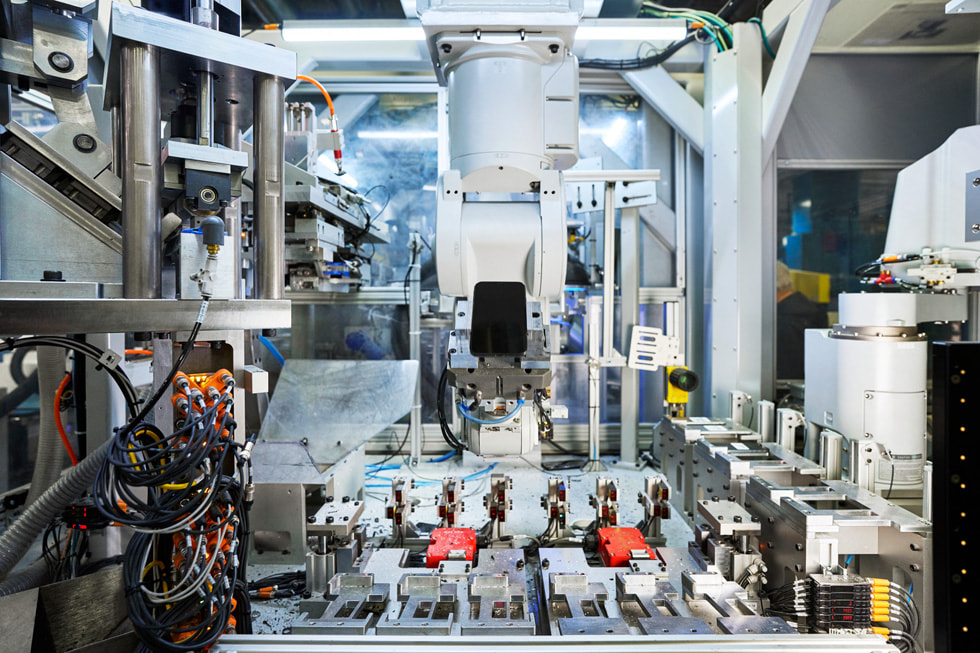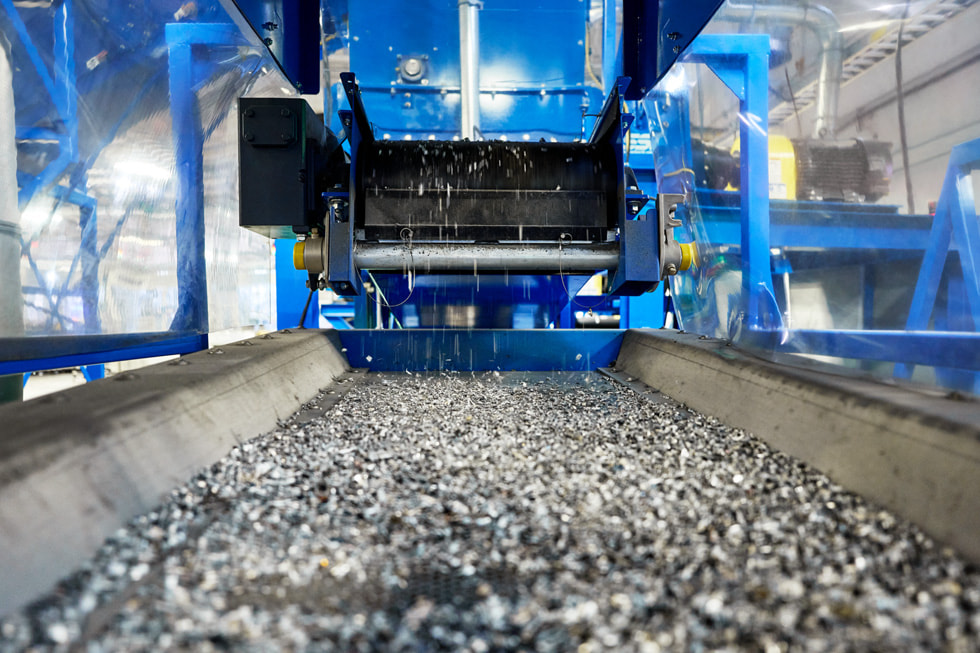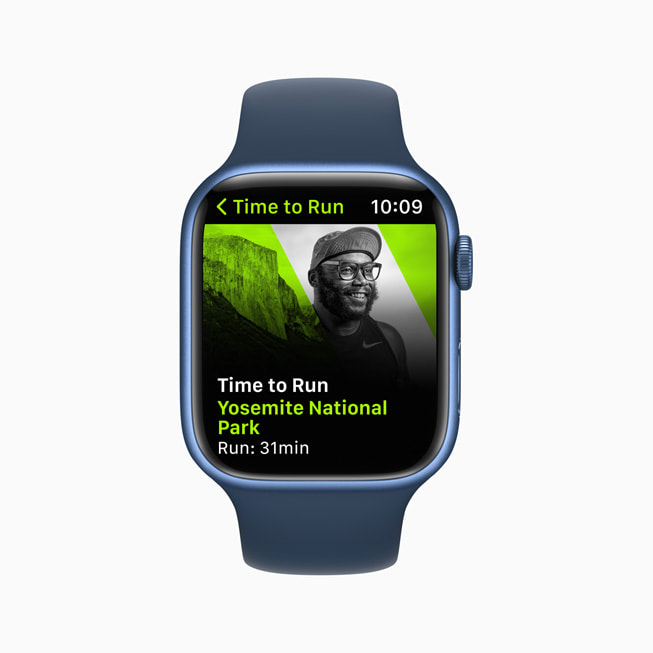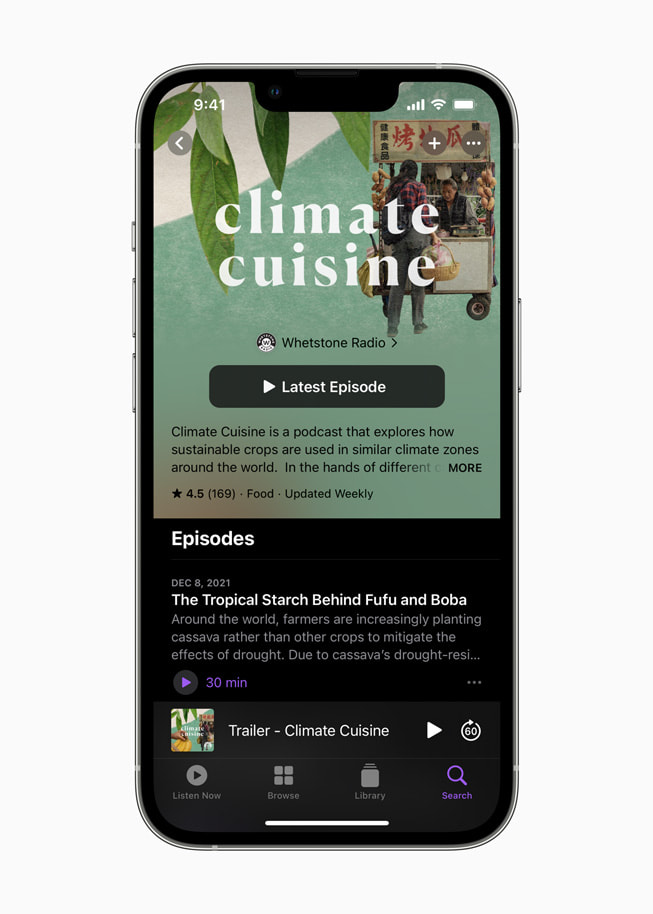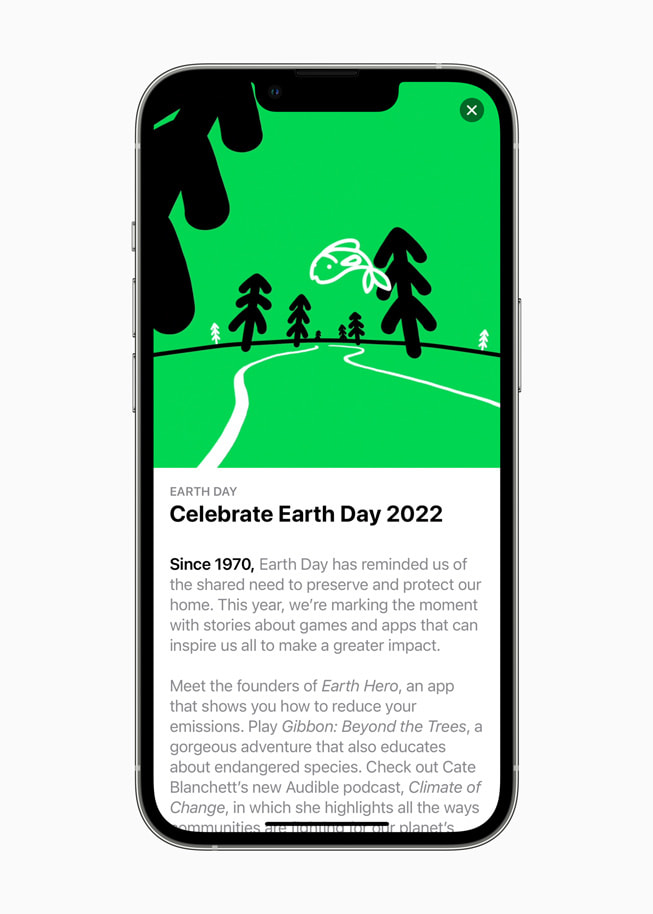UPDATE
20 April 2022
Apple expands the use of recycled materials across its products
Company also advances new disassembly technology as part of closed-loop goal
Apple today released new details on the increased use of recycled content across its products. For the first time, the company introduced certified recycled gold, and more than doubled the use of recycled tungsten, rare earth elements and cobalt. Nearly 20 per cent of all material used in Apple products in 2021 was recycled, the highest-ever use of recycled content.
Apple released new details on this progress, its recycling innovation efforts and clean energy in its 2022 Environmental Progress Report.
The company also shared new ways customers can celebrate Earth Day, including supporting World Wildlife Fund by using Apple Pay. With educational resources, curated content and engaging activities across platforms, Apple customers can take opportunities to appreciate the beauty of nature from wherever they are, learn about key issues like climate change, and support causes and communities working to protect the planet.
“As people around the world join in celebrating Earth Day, we are making real progress in our work to address the climate crisis and to one day make our products without taking anything from the earth,” said Lisa Jackson, Apple’s vice president of Environment, Policy and Social Initiatives. “Our rapid pace of innovation is already helping our teams use today’s products to build tomorrow’s, and as our global supply chain transitions to clean power, we are charting a path for other companies to follow.”
More Recycled and Responsibly Sourced Materials Across Apple Products
Apple has pioneered innovations in the recycling and sourcing of materials to spur industry-wide change. To help its recycling partners build on this momentum worldwide, Apple today announced its newest recycling innovation, Taz, a machine that uses a groundbreaking approach to improve material recovery from traditional electronics recycling.
In 2021, 59 per cent of all the aluminium Apple shipped in its products came from recycled sources, with many products featuring 100 per cent recycled aluminium in the enclosure. Apple has also made significant progress toward the company’s goal to eliminate plastics from its packaging by 2025, with plastics accounting for just 4 per cent of packaging in 2021. Since 2015, Apple has reduced plastic in its packaging by 75 per cent.
Additionally, Apple products in 2021 included:
- 45 per cent certified recycled rare earth elements, a significant increase since Apple introduced recycled rare earth elements in its devices.
- 30 per cent certified recycled tin, with all new iPhone, iPad, AirPods and Mac devices featuring 100 per cent recycled tin in the solder of their main logic boards.
- 13 per cent certified recycled cobalt, used in iPhone batteries that can be disassembled by Apple’s recycling robot Daisy and returned to market.
- Certified recycled gold, featured — for the first time in any Apple product — in the plating of the main logic board and wire in the front camera and the rear cameras of iPhone 13 and iPhone 13 Pro. To achieve this milestone, Apple pioneered industry-leading levels of traceability to build a gold supply chain of exclusively recycled content.
At the Material Recovery Lab in Austin, Texas, engineers and experts use a pilot-scale industrial electronics shredder for research and development. Apple’s newest recycling machine, Taz, was developed out of this process, designed to help conventional bulk electronics recyclers recover more precious materials.
Recovering more materials for use in future products helps reduce mining. From just one tonne of iPhone components taken apart by Apple’s recycling robots, recyclers can recover the amount of gold and copper companies would typically extract from 2,000 tonnes of mined rock. Apple is also committed to extending the lifetime of its products through refurbishment. In 2021, Apple sent 12.2 million devices and accessories to new owners for reuse, extending their lifetime and reducing the need for future mining. Ultimately, Apple aims to use only renewable or recyclable materials in its products — a goal announced in 2017 that has charted the company’s pathway on design and material sourcing.
Taz, a machine that uses new shredder-like technology to separate magnets from audio modules and recover more rare earth elements, is the latest in a series of recycling advancements spearheaded by Apple. The company has also further expanded the capabilities of its patented iPhone disassembly robot Daisy to take apart 23 models of iPhone, and has offered to license those patents to other companies and researchers free of charge. An additional robot, Dave, disassembles Taptic Engines, helping to recover valuable rare earth magnets, tungsten and steel.
2022 Environmental Progress Report
In addition to charting progress in recycling innovation and material stewardship, Apple’s newly released 2022 Environmental Progress Report highlights the company’s significant work to become carbon-neutral across its global supply chain and the lifecycle of every product, as well as progress reducing waste and promoting the safer use of materials in its products.
In a year when many other companies saw large increases in their footprints and the company’s revenue grew 33 per cent, Apple’s net emissions remained flat. Apple has been carbon-neutral for its global operations since 2020, and has relied on 100 per cent renewable energy to power its offices, stores and data centres since 2018.
Apple recently announced that its suppliers more than doubled their use of clean power over the last year, with over 10 gigawatts operational out of nearly 16 gigawatts in total commitments in the coming years. As of this month, 213 of the company’s major manufacturing partners have pledged to power all Apple production with renewable electricity across 25 countries. In 2021, these renewable projects avoided 13.9 million tonnes of carbon emissions, the equivalent to removing 3 million cars from the road for one year.
For more information about Apple’s commitment to protect the planet for future generations, explore the 2022 Environmental Progress Report.
Explore, Learn and Take Action for Earth Day
In celebration of Earth Day 2022, Apple is sharing new ways for customers around the world to explore the beauty of the natural world, learn about pressing issues facing communities worldwide due to climate change, and take action to protect the planet.
Explore: Ahead of Earth Day, Apple Maps is making it easier than ever to find beautiful green spaces, family fun in nature, city walks and trails, with 25 new guides from Lonely Planet, AllTrails and The Nature Conservancy in the US and Canada.
This Earth Day, Apple Maps is making it easier than ever to find beautiful green spaces, family fun in nature, city walks and trails, with 25 new guides from Lonely Planet, AllTrails and The Nature Conservancy in the US and Canada.
To celebrate Earth Day, Apple Fitness+ subscribers can enjoy nature-inspired yoga, meditation, cycling, rowing and treadmill workouts, as well as a new Time to Run episode that takes listeners through the beautiful sights and sounds of Yosemite National Park with an uplifting pop and rock playlist; and coaching that inspires you to take in the great outdoors, no matter where you’re running. A new episode of Time to Walk is also available this week with world-renowned scientist and environmentalist, Dr Jane Goodall, who shares why she is willing to push past her fears for the sake of her work and what she has observed about the interconnectedness of all living things. And after completing any workout of 30 minutes or more on 22 April, all Apple Watch users can earn a limited-edition award.
Learn: On Earth Day, 22 April, Apple customers can learn about the exciting environmental innovations behind iPhone 13 — including the Daisy recycling robot — with a new immersive augmented reality experience on Snapchat.
In honour of Earth Day, Apple Books, Apple Podcasts and the Apple TV app will each feature curated global collections of content that offer in-depth opportunities to experience the natural world, learn about the climate crisis and the science behind it, and meet communities fighting for solutions.
Take Action: The App Store provides a single destination for users to discover apps that will help them to positively impact their communities and the planet — including by being able to track carbon footprints or connect with environmental grassroots organisations with apps like Earth Hero and Milkywire.
Customers can also help protect the planet by using Apple Pay. Now through 22 April, Apple will donate US$1 to World Wildlife Fund for each purchase made with Apple Pay on apple.com or in the Apple Store app.1
For more information about Apple’s environmental efforts, visit apple.com/nz/environment.
Share article
Media
-
Text of this article
-
Images in this article
- Donations are limited to a maximum of US$1 million; eligible countries and regions include Australia, Belgium, Brazil, Canada, Denmark, Finland, France, Germany, Hong Kong, Hungary, Italy, Japan, Malaysia, Mexico, New Zealand, Norway, the Philippines, Poland, Portugal, Singapore, Spain, Sweden, Switzerland, the United Kingdom and the United States.
